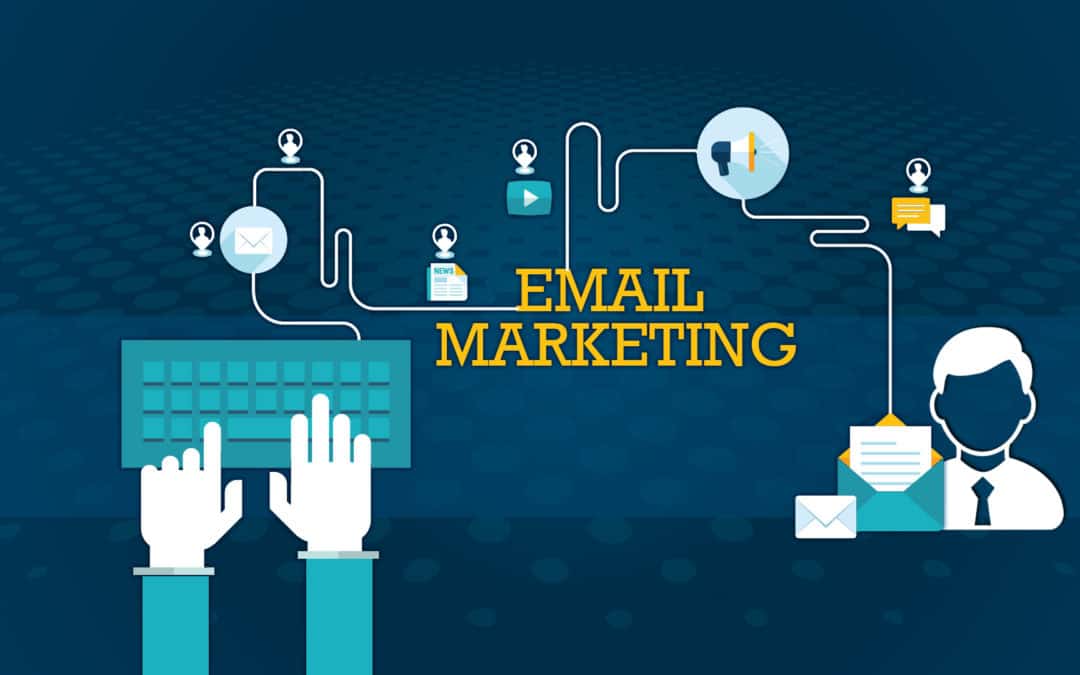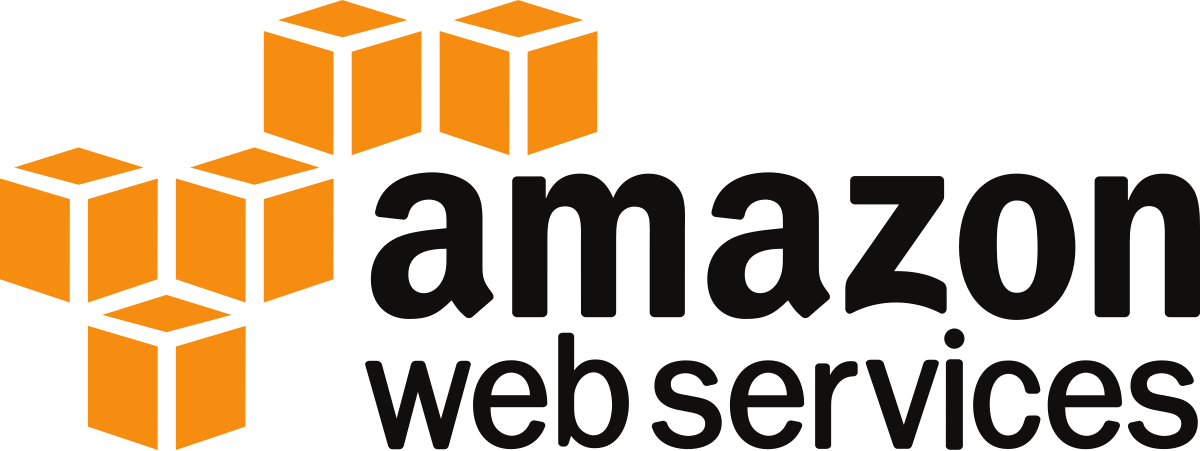
Why You Should Deploy Online Training in Your Organization
Learning and development (L&D) departments are constantly working on identifying new opportunities for employees. Thanks to the new emerging technologies and software solutions, such as LMS and LXP software (you can view a comparison of LMS vs LXP here), all professional growth and development efforts can be streamlined now.
Since there is a lot of buzz around corporate training software, and online training in general, but very few resources that go in-depth, giving organizations reasons to implement it, we decided to give you exactly that.
Here is why you should deploy online training in your organization.
Cut Down Training Expenses
You are probably aware of the high costs of traditional training. First, there are physical copies of all the learning materials, then you have to deal with trainer’s fee, and not to mention the price of the certifications everyone expects to get by the end of the course.
In some instances, you will also have to rent the space for training. Online training removes all these factors from the equation. All the materials are stored online so that anybody can access them. There is no need to rent any space, as learners can study from wherever they want and the certification is in digital form. Your employee can choose whether they want to print their certificates or not.
Make Training More Convenient

When it comes to training, you have to go the extra mile to make it convenient for the workers. Keep in mind that most of them work from 9 to 5 and having to go to training after they are done with their work might be overwhelming for most of them.
If you decide to take another course of action and organize training during weekends, your employees may feel like you’ve robbed them of their free time.
This is where cloud-based LMS software comes in as a true savior. All of the courses can be stored in the cloud and your employees can access them whenever they want. For instance, they can do a short quiz on a coffee break, finish a course chapter while commuting, and so on.
True Mobility
The online training has gone through some transitions along the way. Improvements have been made to make learning as easy as possible.
Just a few years ago, learners had to log in an LMS via a desktop computer only. Today the connectivity and accessibility issues are definitely resolved.
Your employees will be able to learn whenever they have Internet access. And since we live in a mobile era, you will be happy to know that the best LMS software tools on the market are completely mobile-friendly. This means that learners can access learning materials, take tests, and communicate on the go.
Save Time and Effort

In a traditional setting, both learning and exams take a lot of time and effort. If there is someone who doesn’t understand the lecture, they might interrupt the presentation to ask questions, thus taking a portion of the time reserved for training. Not to mention the unit tests that have to be graded after any exam.
You will be happy to know that all this is automated by the corporate training software. You can leverage the automated corrections so that trainees can go back to read that specific material again and give the right answer.
The grading is automatic and the reports are immediately generated and sent to the manager.
Better Knowledge Retention
LMS software is also designed to improve knowledge retention. It supports the use of all sorts of media to increase the engagement potential of the learning material.
You can use images, animations, videos, and gamification to make it easier for trainees to learn.
Furthermore, corporate training software can be used to engage trainees in solving real-life situations. This can help them live the experience and learn in a better way.
Learning by participating in real-life scenarios is a great way to nurture employees for more demanding positions.
Progress Report on Demand
In a traditional setting, it is impossible to assess the performance of training and trainees. At least not in terms of objectivity. With online training, assessments are made easy.
You can see the reports at any time – how many participants are there, how much time each one of them has spent learning, and the average score of each individual.
You can use these reports to identify the learning material that’s causing problems to trainees. Whether it is too complex or too boring, you will be able to pinpoint it and improve it.
Streamlined Communication

Corporate learning software comes with a brand new line of communication. In fact, several of them do so. Course creators and trainees can communicate via message boards or direct private messaging. There is no need to stop the lecture to answer a question.
New enrollees can communicate both with trainers and among themselves. Streamlined communication improves efficiency and affects knowledge retention as well.
Individualized Training Paths
Creating individualized training paths for each employee is borderline impossible in traditional training. The main reasons are cost and time.
On the other hand, doing it with LMS software is easy. How? Modern LMS solutions come with Tin Can specification that tracks, records, and stores every learning effort made by an enrollee in the form of statements.
In just a couple of days, you will be able to gauge the reports and see the personal growth and development levels of all your employees.
Wrap Up
Deploying online training in your organization will help you reduce training costs, make it more efficient, and improve knowledge retention, among other things. Since the success of your online training efforts depends on the quality of LMS software, we suggest that you dig a little deeper to identify the best software for your company.





























